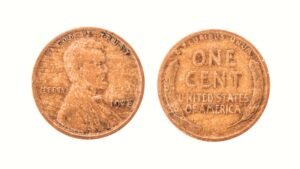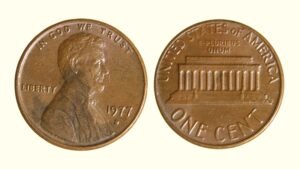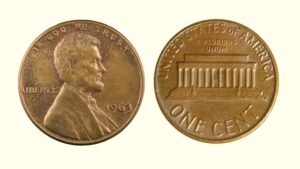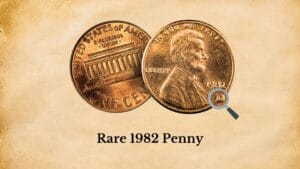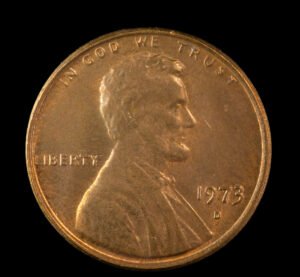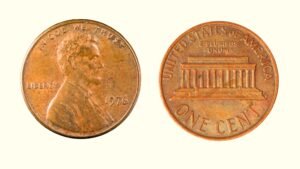An old 1939 Lincoln wheat penny might look like an ordinary copper coin at first glance, but did you know a Denver-minted variety of this small cent sold for a whopping $11,500?
I’m sure now you want to know whether your 1939 Lincoln cent is worth big bucks, too! So, this guide will help you identify all the valuable features that can transform your coin into a hidden gem!
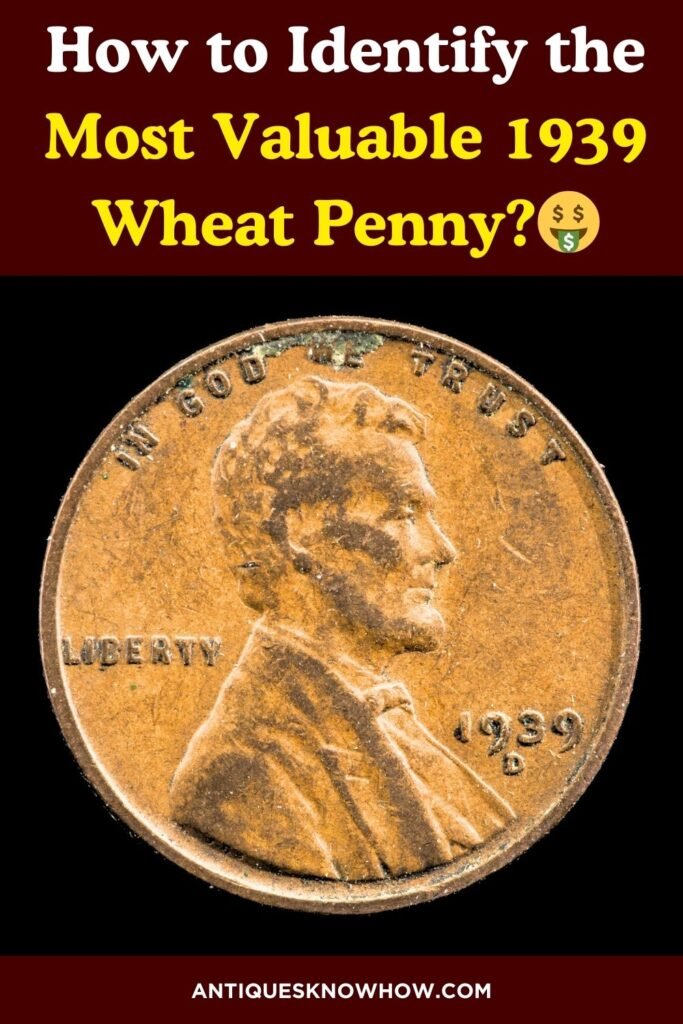
Interesting History of the 1939 Lincoln Wheat Penny
The 1939 Lincoln Cent is one of the significant American coins produced during the pre-World War II period. The U.S. Mint produced these cents at three facilities this year, with a total mintage of over 383.7 million coins.
The cent maintained Victor D. Brenner’s iconic Lincoln design on the obverse that had been in use since 1909. The reverse featured the classic wheat ears design, which would continue until 1958.
1939 was a significant year economically as the cent played a crucial role in daily transactions, with many items still costing just a few cents. The good strikes and few major varieties make this cent a popular choice for collectors and those assembling date sets.
| 1939 Lincoln Penny | Key Features |
| Coin Composition | Bronze (95% Copper, 5% Tin & Zinc) |
| Minting Location | Philadelphia, Denver & San Francisco |
| Year of Minting | 1939 |
| Face Value | One-cent |
| Weight | 3.11 grams |
| Diameter | 19.05 mm |
| Thickness | 1.52 mm |
| Designer | Victor David Brenner |
| Mint Marks | No Mint Mark (Philadelphia Mint) D-mint mark (Denver Mint) S-mint mark (San Francisco Mint) |
| Total Mintage | 383,709,520 coins |
How to Identify a 1939 Wheat Penny (Design & Features)
To identify a genuine old 1939 copper Lincoln penny, it’s crucial to verify its design features of heads and tails and physical attributes, such as size, weight, and more.
1939 Lincoln Wheat Cent Obverse:
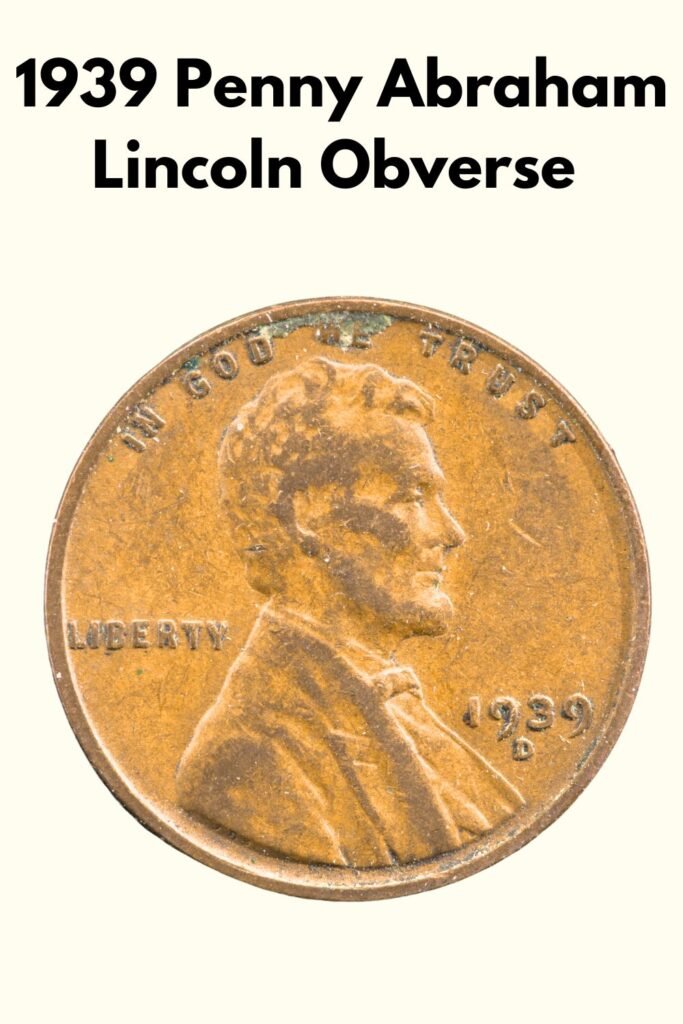
- A right-facing profile of Abraham Lincoln
- “IN GOD, WE TRUST” on the top
- “LIBERTY” to Lincoln’s left
- “1939” to the Lincoln’s right
- The mint mark “S” or “D” (if present) below the mint date
1939 Lincoln Wheat Cent Reverse:
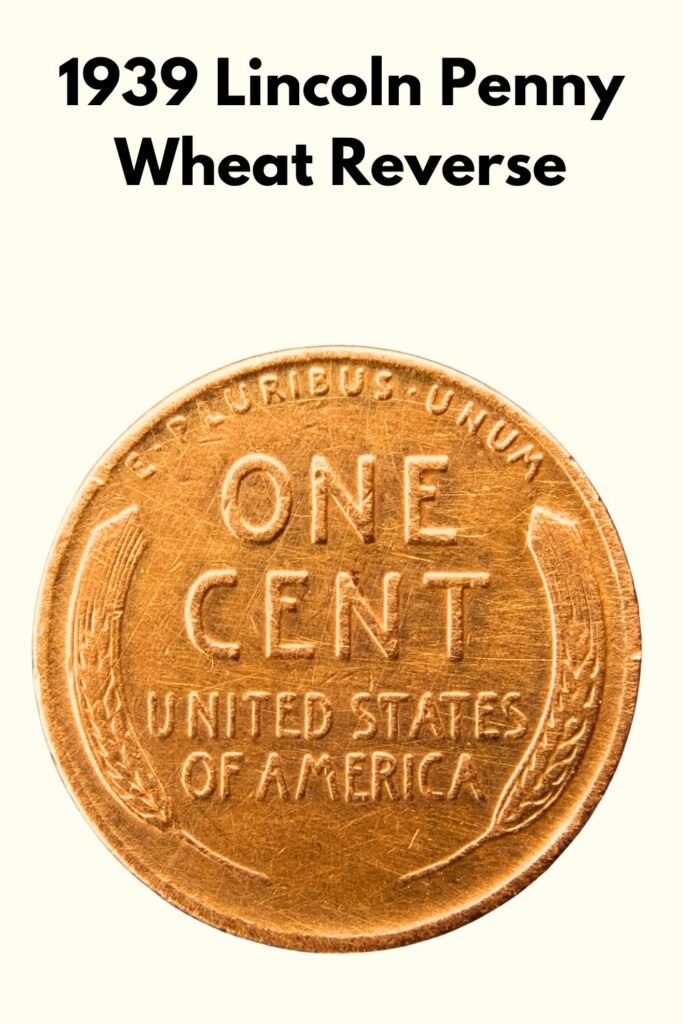
- “ONE CENT” at the center
- “UNITED STATES OF AMERICA” below the face value/denomination
- Two wheat ears/stalks framing the denomination
- “E. PLURIBUS UNUM” written on the top, along the edge
1939 Lincoln Cent Composition, Weight & Size
The 1939 Lincoln Wheat followed the traditional composition of bronze alloy with 95% copper and 5% zinc. The coin weighs close to 3.11 grams and has a diameter of 19.05 mm or 0.75 inches and a thickness of 1.52 mm with a plain, non-reeded edge.
The composition also gives the Lincoln Cent its unique copper-red color, which is an important identifying feature to spot real coins among counterfeits.
Finding an Old 1939 Penny Value (4 Key Factors)
The average value of a circulated 1939 Lincoln Wheat penny is approximately 2 to 4 cents, while uncirculated coins or those with rare features or errors can fetch up to $14,000 or even more. Let’s understand these features in detail!
1. Coin Grades & Condition
Coin condition plays the most important role in determining the value of a 1939 Lincoln Wheat penny. While you can visually assess the condition based on the color, the sharpness of the details, and wear and tear, professional services use a grading scale ranging from P-1 (poor) to MS-70 (Mint State) to grade the coins’ condition.
1939 Lincoln pennies in excellent condition with higher grades are more collectible than those in average condition with lower grades.
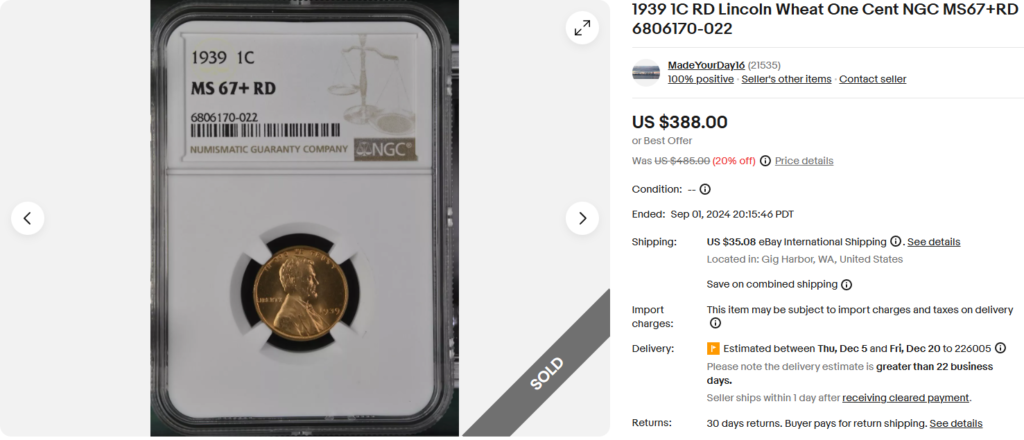
For example, a Philadelphia-struck MS68 1939 Lincoln cent sold for a stunning price of $9,775 on Heritage Auctions, while the same penny only sells for $10 to $15 in MS64 grade.
Apart from wear and tear, the color of your 1939 penny also indicates its condition. Generally, there are three color designations for copper Lincoln cents: Red, Red-Brown, and Brown, based on toning over time.
Among these, Red 1939 pennies with a new-like copper-red luster and minimum oxidation are worth the highest, often reaching $1,000 or more in high mint state. Red-Brown or RB pennies are worth less, typically fetching $10-250, while Brown pennies sell for $5-15, depending on grades.
So, before you buy or sell your 1939 penny, assess its condition and color or better get it graded by facilities, like PCGS, NGC, ANACS, etc.
2. 1939 Lincoln Penny Mint Marks & Mintage
A coin’s rarity and value largely depend on its mintage or total production. Although with a high mintage of over 383.7 million coins, the 1939 Lincoln Wheat penny was produced at three locations, each with a distinct mint mark impacting its value.
1939 No Mint Mark Penny Value (Mintage – 316,466,000)
The Philadelphia Mint was responsible for producing the most 1939 P wheat pennies, identified by no mint mark on the obverse. Being quite common, these pennies are generally worth less, with values ranging from $10-400 in MS62 to MS67 grades.
Rare MS68RD 1939 No mint mark penny examples can fetch $2,800 to $10,000, like this example sold for over $7,180 in a coin auction!
1939 D Wheat Penny Value (Mintage – 15,160,000)
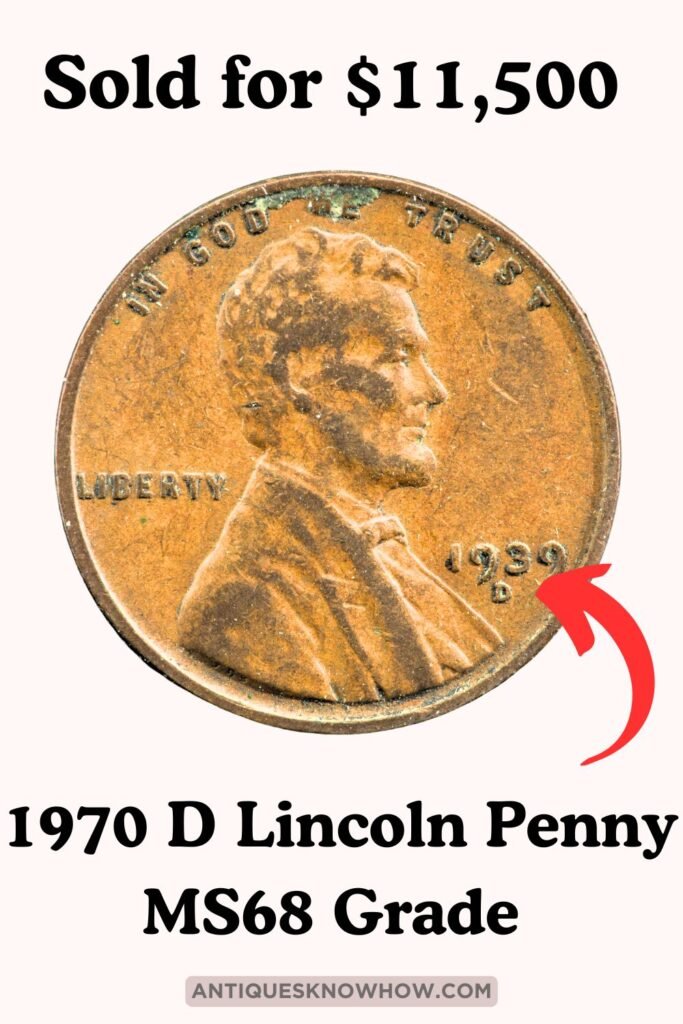
In 1939, the Denver Mint produced the least Lincoln cents, making them the most valuable of all! In circulated condition, a 1939 D wheat penny is worth a few cents, but it can fetch $10 to $11,000 in mint state, depending on grades.
The most expensive 1939 D Lincoln wheat cent graded MS68 Red was bought via Heritage Auctions for an auction record price of $11,500!
1939 S Lincoln Penny Value (Mintage – 52,070,000)
The San Francisco Mint released more 1939 Lincoln cents than Denver but fewer than Philadelphia, making them moderately rare. The value of a circulated 1939 S wheat penny is only a few cents, while mint-state examples can fetch $8 to $600 in MS64 to MS67+ grades.
MS68 or higher examples can fetch $1,000 or more, but they’re extremely rare and haven’t been graded by PCGS or NGC as of now.
3. 1939-S Lincoln Penny Proof Strike
In addition to regular strike coins, the San Francisco Mint also produced 13,520 special 1939 Lincoln proof pennies only for coin collectors. These coins bear the same ‘S’ mint mark as regular San Francisco cents but a distinctive shiny proof finishes with extremely sharp details.
Regular Red 1939 Lincoln proof cents with standard proof finish can sell for $30 to $1,300 in PR62 to PR67 grades. RB and BN proof coins can also fetch $20 to $200, based on grades.
Some proof coins also come with a unique contrasting finish between the frosted devices (raised designs) and mirror-like backgrounds, called Cameo (CAM).
Rare and unique, Cameo coins can be extremely valuable, often reaching $2,000 to $4,000 for common grades like PR65 to PR66. High-grade examples of a 1939 S CAM Proof penny are not easily found!
4. 1939 Lincoln Penny Errors
Minting errors that happen during coin production can dramatically increase a coin’s value. Here are the most notable 1939 Lincoln penny errors to look out for:
30% Brockage Obverse and Broadstruck
This rare error combines a brockage obverse error with a broadstruck error, meaning a previously struck coin sticks to a die and strikes a new planchet while also missing the collar die. You can spot this rare coin with a reversed, incuse image (brockage) on one side and a wider diameter.
In this particular example, there is 30% brockage on the obverse that appears as a mirror image of Lincoln’s head. It sold for over $370 on Heritage Auctions in MS64 Brown grade!
Off-center Strike
An off-center strike happens when the planchet is misaligned between the dies during striking, causing part of the 1939 penny design missing! The values vary significantly based on the percentage off-center and date visibility.
For 1939, 20-30% off-centers typically bring $100-200, while more dramatic 50%+ off-centers with full dates can reach $300-500.
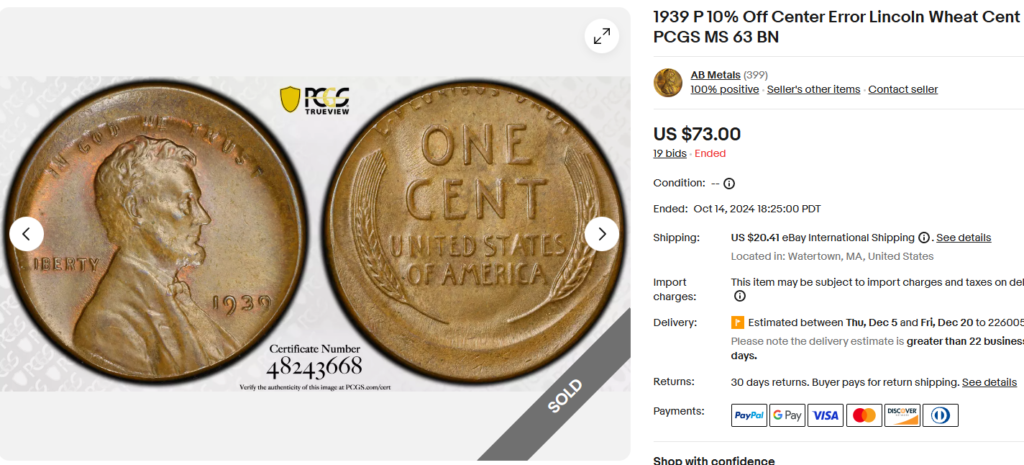
Double Strike with Off-center
This is a rare Double Strike error in which the second strike is an off-center strike. You’ll see two clear images of Lincoln’s portrait, with one significantly off-center. These dramatic errors can fetch $1,000 or more even in low grades. like this AU53 example with a 40% off-center double strike sold for $1,265 in a coin auction!
Doubled Die Obverse (FS-101)
The 1939 Doubled Die Obverse (FS-101) shows a strong doubling visible on “LIBERTY” and “IN GOD WE TRUST,” due to a misaligned hub during die production. Look for a clear separation of design elements, particularly in the letters.
Based on coin grades and error visibility, 1939 DDO pennies can sell for $75-150 in circulated grades, while uncirculated examples can command $200-500. For example, this MS64BN DDO coin was auctioned for $216 on Heritage Auctions!
While these rare errors are highly sought after, common cud die break and re-punched mint mark errors may also increase your coin’s value. So, make sure to analyze all these rare features using this price to spot the most valuable 1939 Lincoln wheat penny!
Note: This article is intended for informational, educational, and entertainment purposes only. Some images are illustrative and may not represent actual brands, products, or related entities. All trademarks, product names, brand logos, packaging, and other intellectual property referenced remain the exclusive property of their respective owners. Any brand mentions or references are provided solely for descriptive and educational context and do not imply any formal or commercial association.


